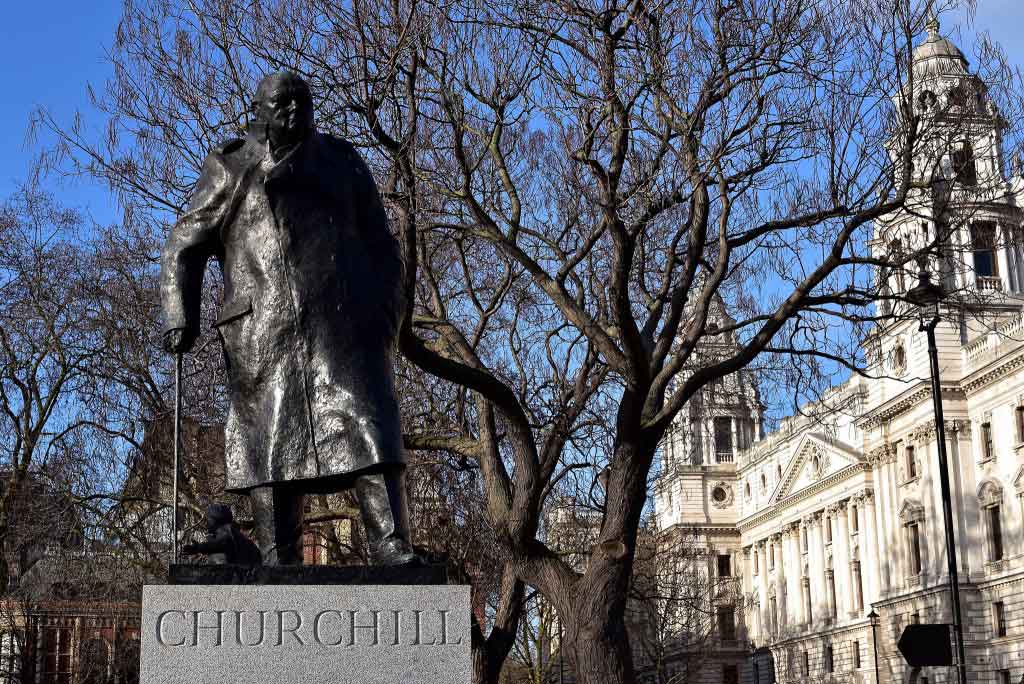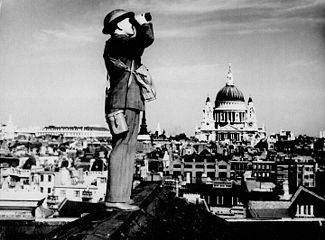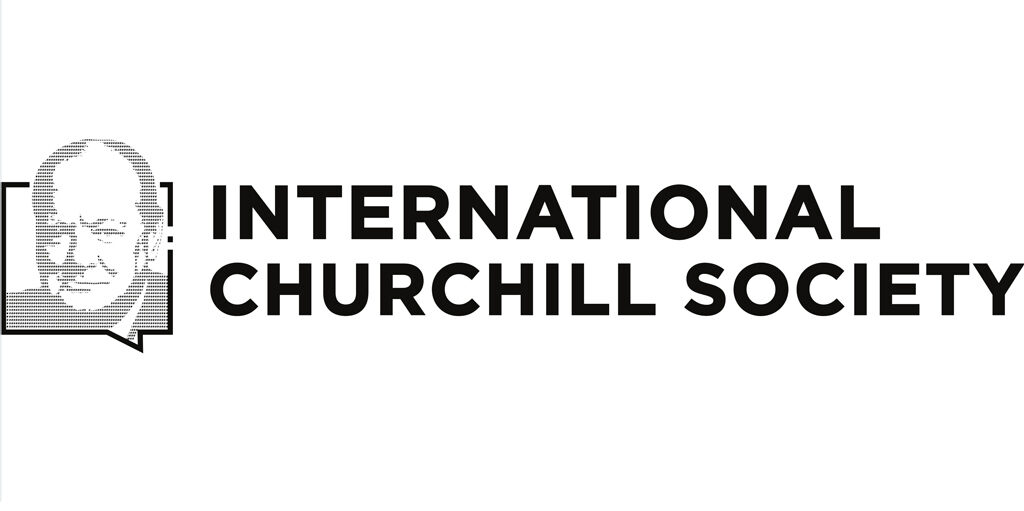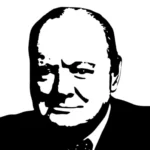
Churchill in the News
V for Victory: The Day the Battle of Britain was Won

October 12, 2010
Never, said Prime Minister Winston Churchill, was so much owed by so many to so few, and, on Wednesday, the nation will celebrate the RAF’s victory over Hitler’s Luftwaffe.
By Correlli Barnett
THE INDEPENDENT, Sunday 12 September 2010 – Even before the rescue of the British Expeditionary Force from Dunkirk (Operation Dynamo) began, Winston Churchill foresaw the worse-case scenario that could follow from the encirclement of the doomed Anglo-French armies. France herself might well go down in defeat, so leaving a half-armed Britain alone to confront triumphant German armed forces. That would make it all too likely that Hitler would decide to put an end to the war by invading England.

2025 International Churchill Conference
So on 26 May 1940 Churchill asked the Chiefs of Staff a direct question: “Can the Royal Navy and the Royal Air Force hold out reasonable hopes of preventing serious invasion?”
The Chiefs of Staff replied that as long as the Royal Air Force remained “in being”, then the Royal Navy and the air force between them “should be able to prevent Germany carrying out a serious sea-borne invasion of this country”. But if Germany obtained air superiority, then the Navy could hold off an invasion “for a time”, but not “for an indefinite period”. Once a large-scale invasion had been launched, Britain’s land defences would not be strong enough to prevent the German army establishing a firm bridgehead, nor from subsequently heading inland. Therefore, concluded the Chiefs of Staff, “the crux of the matter is air superiority”.
Hitler’s generals and admirals came to exactly the same conclusion when, at the end of July, the Führer issued his directive for “Operation Sealion”, a cross-Channel invasion of south-east England. They reckoned that, without German mastery of the skies, the Royal Navy could play havoc in mid-Channel with Sealion’s unwieldy mass of river barges stuffed with troops and equipment. Such a venture must inevitably end in catastrophe.
So when Reichsmarschall Hermann Göring launched the Luftwaffe into its daylight offensive against the Royal Air Force and its bases in south-east England on 13 August (Adler Tag, or “Eagle Day”), the leaderships on both sides recognised that the fate of “Sealion” – the fate of Britain, indeed – turned on the outcome of the battle. And the British nation recognised it, too. In the words of a newspaper vendor to a customer: “Well, we’re in the final, and it’s on the home ground.”
As I can remember, as a schoolboy in south London, there was no dismay among my family and their friends at the sight of contorted vapour trails high over us as Fighter Command and the Luftwaffe fought it out in the blue summer sky – only a sense of excitement. Looking back now as a historian, it is clear to me that in 1940 the British nation was blessed by an inner certainty that, just as the Navy had seen off Philip II of Spain in 1588 and Napoleon in 1805, so now the Royal Air Force and the Navy together would see off that funny little man with the toothbrush moustache and his fat chum in the gawdy uniform covered in medals. In that certainty, there was truly an element of the heroic.
Indeed, the whole nation followed the course of the battle, on the BBC Home Service radio and in the newspapers, as if it were a kind of super cup-tie, complete with each day’s score.
Yet, in reality, there was no certainty at all about the outcome. When both sides’ relative strengths in numbers, tactics and equipment are balanced out, they were very much of a match.
Each began the battle with some 900 operationally available single-seat fighters. The top speeds of the German Messerschmitt Bf 109 and the British Supermarine Spitfire were virtually the same, at 354mph and 355mph, although the Hawker Hurricane was slower, at 329mph. The British fighters were armed with eight Browning machine guns mounted within the wings; the Bf 109 with two 20mm cannon and four machine guns. While the Spitfire was more agile than the Bf 109 in a dogfight, the German fighter could climb faster and higher. The slower but robustly built Hawker Hurricane made a very stable gun platform: its role in the battle was to shoot down German bombers while the Spitfire dealt with the Bf 109s.
Yet it was the young pilots of Fighter Command who passed into British myth as “The Few” who outfought vast German airfleets. Today, 70 years on, we can acknowledge that the young men in the Messerschmitts were just as gallant, high-spirited and skilful. But whereas the German pilots were fighting for a hideous tyrant in the delusion that they were patriotically defending the Fatherland, the pilots of Fighter Command were modern-day Spartans, holding the pass for the free world against the barbarian. They included volunteers from the British Dominions overseas, from countries under Nazi occupation such as Czechoslovakia and Poland, and even a handful from neutral America.
If pilots and aircraft were broadly equivalent in numbers and combat effectiveness, what accounted for the ultimate British victory?
Certainly Göring committed a major blunder when he switched the Luftwaffe’s attacks from Fighter Command’s sector stations to raids on London, and so accorded Air Marshall Sir Hugh Dowding, chief of Fighter Command, a respite. But the essential key to the British victory lay in Fighter Command’s sophisticated intelligence-gathering system and centralised control of the battle, compared with the Luftwaffe’s Biggles-like operations off forward airfields in northern France and Flanders.
Read the entire article here at The Independent
©Independent.co.uk
Subscribe
WANT MORE?
Get the Churchill Bulletin delivered to your inbox once a month.



